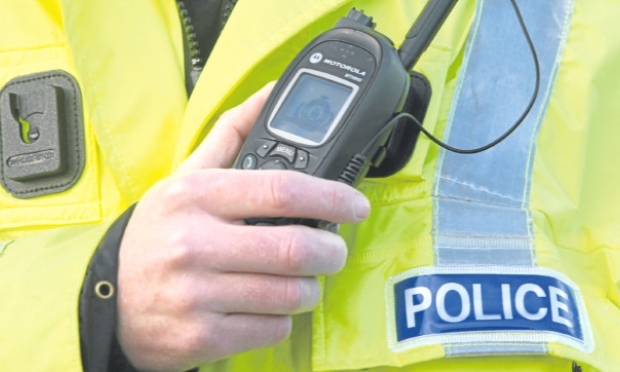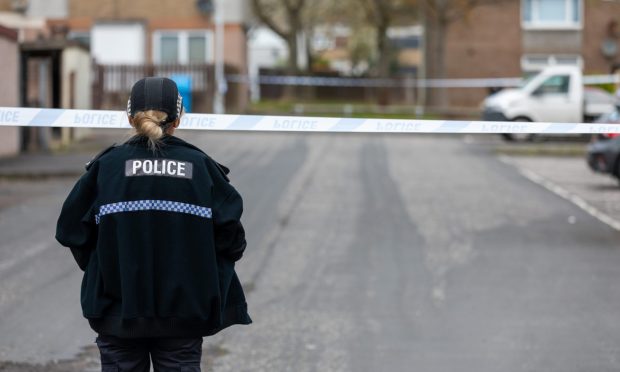Police resources across Fife are being severely stretched by the need to respond to a soaring number of missing persons enquiries, it has emerged.
New figures have revealed that the Fife division of Police Scotland had to deal with an astonishing 4417 so-called ‘mispers’ reports last year, which represented a 57.8% increase on the previous year’s statistic.
With local officers now therefore having to deal with an average of 12 such incidents a day, the rising trend is said to be placing “significant demand” upon the resources available on a day-to-day basis across the region.
The news emerged as Police Scotland’s Fife division, known as P division within the force, produced its latest performance report for Fife Council’s environment, protective services and community safety committee.
Fife’s figure of 4417 for 2016/17 eclipsed the 3586 missing persons reports recorded for 2015/16, and was well above the 2,799 reported for 2014/15.
Superintendent Derek McEwan admitted the figure was worrying as many of the additional incidents related to people with mental health difficulties or other vulnerabilities which needed extra attention.
“It has to be said that a large proportion of our work now involves missing people and looked after children,” he noted.
“Fife has a considerable number of care homes in the county and we’ve got a considerable number of children who are going missing regularly – some of whom are going missing 10 to 12 times a month, sometimes a week.
“Many of these people are genuinely at risk of harm to themselves and others, and we have to treat each of these reports seriously.
“It is a particular challenge for the police and it’s a challenge we will deal with.
“We will never turn a blind eye because these children need to be found.
“But it’s clear that while crime may be reducing, the demands on the police certainly are not.”
The cost of dealing with each missing person report has not been fully quantified and would inevitably vary depending on the nature of the case.
However, some studies suggest medium-risk medium-term cases would cost the taxpayer up to £2,500 – meaning that Fife could be spending in excess of £11 million a year on chasing up ‘misper’ reports.
Superintendent McEwan also noted that Fife had a particular issue with looked-after children, which often brought with it associated disorder or anti-social behaviour, as many of them were relocated to Fife.
“We are talking about a lot of kids who have complex issues and a lot of the kids are coming to Fife because they can’t be managed in their own area,” he added.
“But when they abscond, some of them tend to go back through the west.
“We still have to cover all of the local bases here, while we also have to rely on our colleagues through the west so we do invest a considerable amount of time on this issue.
“While the police are doing as much as we can, ultimately they are still going missing.”










